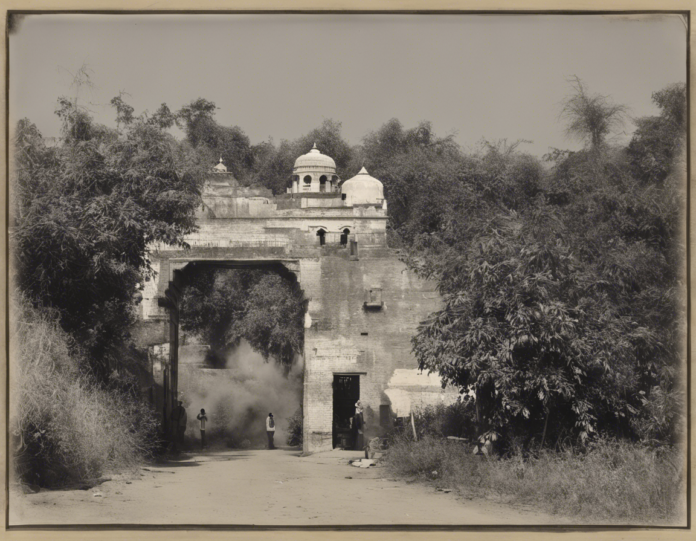The concept of Jamabandi holds significant importance in the state of Haryana, India, especially within the realm of land records and revenue administration. Understanding Jamabandi in Haryana is crucial for anyone involved in real estate transactions, land ownership, or agricultural activities in the state. In this comprehensive guide, we will delve into the intricacies of Jamabandi, its significance, how to access the record, and its role in property transactions.
What is Jamabandi?
Jamabandi, also known as Fard or Record of Rights (RoR), is a crucial document that contains details of land ownership, cultivation, and various rights associated with land. It is essentially a land revenue record that is maintained by the Revenue Department of the state government. Jamabandi serves as a legal document providing information about the ownership of the land, the type of land, the kind of cultivation being carried out, and other details related to revenue and land records.
Importance of Jamabandi
Jamabandi is integral to maintaining land records and ensuring transparency in land transactions. It serves as proof of ownership and helps in determining the rights of the landowner. When buying land or property, verifying the Jamabandi is essential to ensure that the seller is the rightful owner and that there are no disputes or encumbrances associated with the land.
Types of Jamabandi
In Haryana, there are primarily two types of Jamabandi:
-
Annual Jamabandi: This record is updated annually and contains details of land ownership, cultivation, and revenue for that particular year.
-
Rabi Jamabandi: This record is updated specifically for the Rabi season and contains details related to the Rabi crops sown on the land.
How to Access Jamabandi Records in Haryana
In Haryana, Jamabandi records are available online through the Jamabandi portal. Here’s a step-by-step guide on how to access Jamabandi records in Haryana:
- Visit the official Jamabandi portal of Haryana.
- Select the district and tehsil for which you want to access the Jamabandi record.
- Enter the details of the land for which you are seeking information, such as the khasra number or the owner’s name.
- View and download the Jamabandi record.
Role of Jamabandi in Property Transactions
When it comes to property transactions in Haryana, verifying the Jamabandi is crucial. Here’s how Jamabandi plays a role in property transactions:
-
Ownership Verification: Jamabandi helps in verifying the ownership of the land and ensures that the seller has the legal right to sell the property.
-
Encumbrance Check: By examining the Jamabandi record, one can check for any encumbrances, mortgages, or disputes associated with the land.
-
Mutation Process: After the sale deed is executed, the buyer needs to get the property mutated in his/her name. Jamabandi is required for this mutation process.
FAQs:
- What information is available in the Jamabandi record?
The Jamabandi record contains details such as the owner’s name, type of land, cultivation details, revenue details, and rights associated with the land.
- Is it necessary to verify the Jamabandi before buying land in Haryana?
Yes, it is crucial to verify the Jamabandi before making any land transactions to ensure a clear title and avoid future disputes.
- Can Jamabandi records be accessed online in Haryana?
Yes, Jamabandi records can be accessed online through the official Jamabandi portal of Haryana.
- What is the difference between Annual Jamabandi and Rabi Jamabandi?
Annual Jamabandi is updated yearly and contains general land details, while Rabi Jamabandi focuses specifically on Rabi crop cultivation.
- Why is Jamabandi important in land revenue administration?
Jamabandi serves as a crucial land revenue record that helps in maintaining transparency, determining ownership rights, and resolving disputes related to land.
















